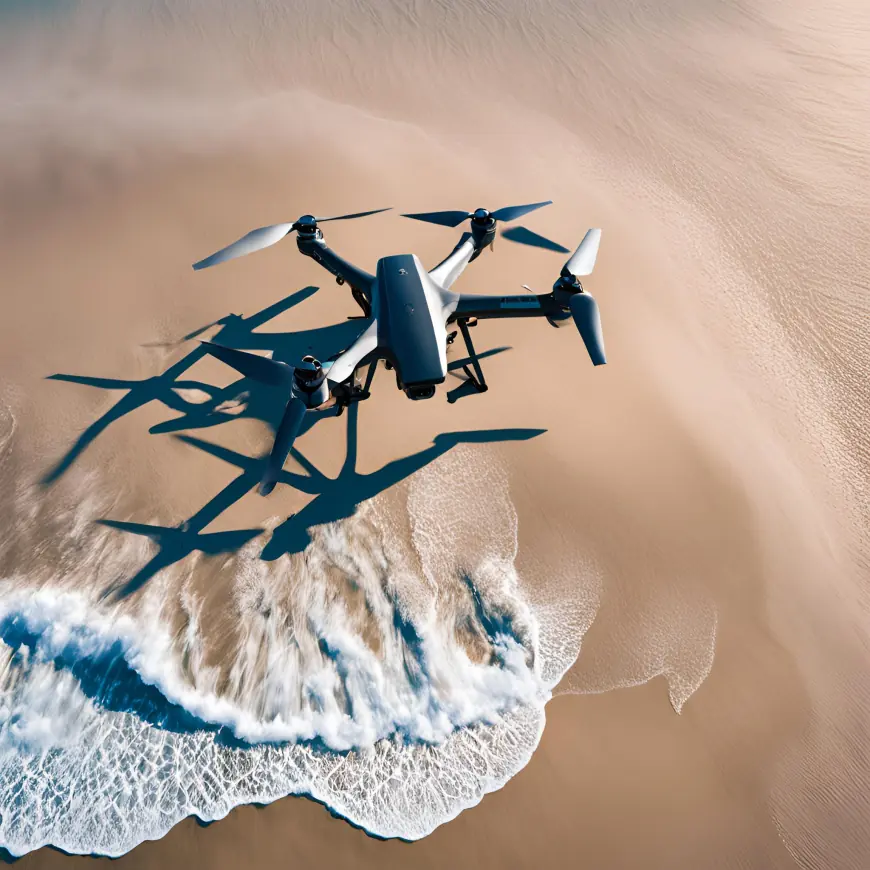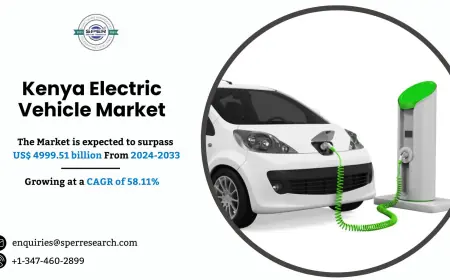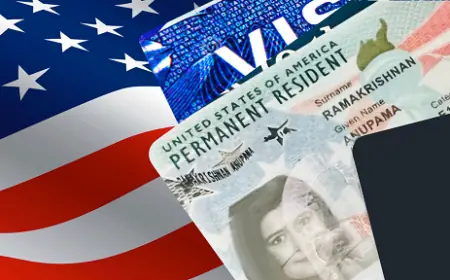Building Custom FPV Drones with 3D Printed Parts: The Ultimate Guide
Explore the world of custom FPV drones and how 3D printed drone parts are transforming DIY drone builds. Learn tips, benefits, and setup insights for a smoother flight experience.

The drone community continues to soar in innovation, and at the heart of this evolution are custom FPV drones—First Person View drones tailored to deliver precise performance, speed, and control. Whether you're a seasoned pilot or just exploring the hobby, customizing your drone opens up endless possibilities. And now, with the rise of 3D printed drone parts, the process of building and modifying drones is more accessible, cost-effective, and personalized than ever before.
Why Custom FPV Drones Are Gaining Popularity
The Freedom of Full Customization
Custom FPV drones give you the power to tailor everything—from flight performance to aesthetics. Unlike off-the-shelf drones, custom builds allow you to handpick each component: motors, ESCs, flight controllers, cameras, frames, and more. This means you can create a drone specifically tuned for racing, freestyle, cinematography, or long-range exploration.
The Role of 3D Printed Drone Parts in Modern Builds
One of the most exciting developments in drone building is the use of 3D printed drone parts. From lightweight camera mounts to custom frames and aerodynamic enhancements, 3D printing empowers builders to create one-of-a-kind parts on demand. With a simple design and a 3D printer, you can print crash-resistant components, battery straps, prop guards, and even entire frames—often at a lower cost than commercial alternatives.
Key Components of a Custom FPV Drone
Essential Hardware to Know
-
Frame: Choose based on flight style—compact for racing or extended arms for freestyle.
-
Motors and ESCs: Match motor KV with prop size and ESC rating.
-
Flight Controller: Acts as the drone’s brain.
-
VTX & Camera: Enables FPV transmission to your goggles.
-
Battery & Propellers: Affect flight time, stability, and speed.
Where 3D Printed Parts Fit In
-
Camera Mounts: Print custom tilt angles for better visibility.
-
GoPro Holders: Secure action cameras with shock-absorbing prints.
-
Antenna Mounts: Keep signal components stable mid-flight.
-
Frame Enhancers: Reinforce weak areas or create hybrid assemblies.
Advantages of 3D Printed Drone Parts
Cost-Effective and Rapid Prototyping
3D printing eliminates the need to wait for shipping or pay high prices for specialty parts. You can design, print, and test parts within hours—perfect for prototyping new designs.
Custom Fit, Lightweight Materials
Designing your own parts ensures a precise fit and reduced weight. Materials like TPU or PLA are commonly used for their flexibility, durability, and ease of printing.
Conclusion:
Custom FPV drones represent the next level in aerial creativity and performance. With the support of 3D printed drone parts, building a drone that perfectly aligns with your needs has never been easier or more satisfying. Whether you're tweaking your quad for high-speed racing or cinematic footage, the ability to customize every component enhances not only performance but also the joy of flying.
Elevate your drone game by embracing both innovation and personalization—starting with your next custom build.
FAQs:
1. What are custom FPV drones?
Custom FPV drones are user-built or modified drones tailored to specific flight styles, using handpicked components rather than buying a ready-to-fly unit.
2. Why use 3D printed drone parts?
They offer cost-efficiency, design flexibility, and quick prototyping. You can print exactly what you need when you need it.
3. What material is best for 3D printed drone parts?
TPU (thermoplastic polyurethane) is ideal for flexible, impact-resistant parts. PLA is suitable for rigid, lightweight components.
4. Can beginners build custom FPV drones?
Yes! With online tutorials, community forums, and printable designs available, beginners can start small and scale as they learn.
5. Do 3D printed parts hold up in crashes?
When printed correctly and with the right material, many 3D printed parts offer impressive durability in typical crash scenarios.
What's Your Reaction?
 Like
0
Like
0
 Dislike
0
Dislike
0
 Love
0
Love
0
 Funny
0
Funny
0
 Angry
0
Angry
0
 Sad
0
Sad
0
 Wow
0
Wow
0
























































